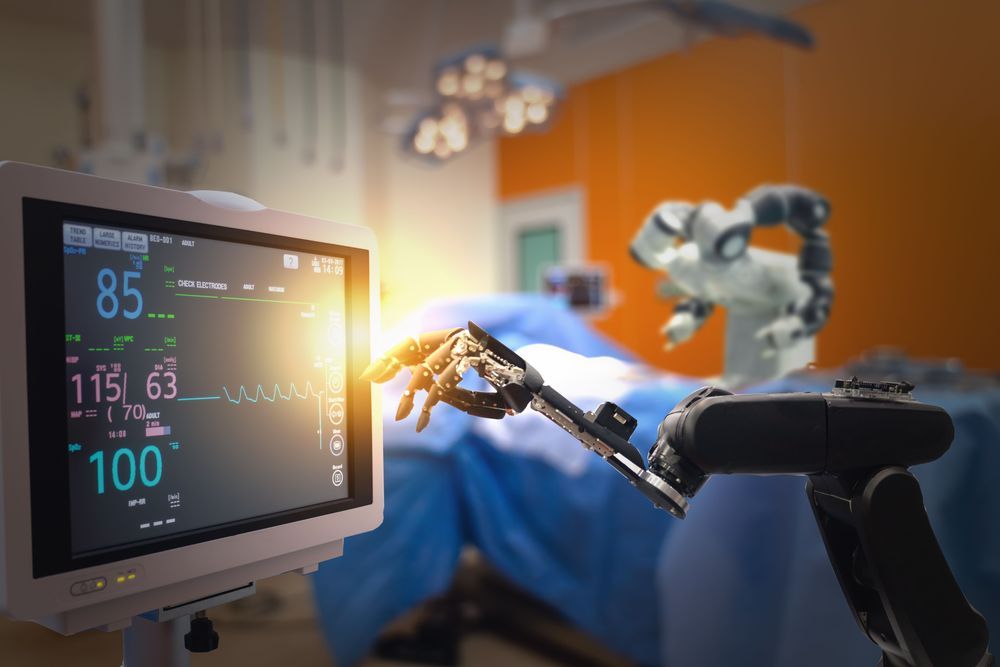“Proprioceptive Control of an Over-Actuated Hexapod Robot in Unstructured Terrain,” by Marko Bjelonic, Navinda Kottege and Philipp Beckerle from Technische Universitat Darmstadt and CSIRO, Brisbane, Australia was presented at IROS 2016 in Daejeon, South Korea.
Category: robotics/AI – Page 2,118
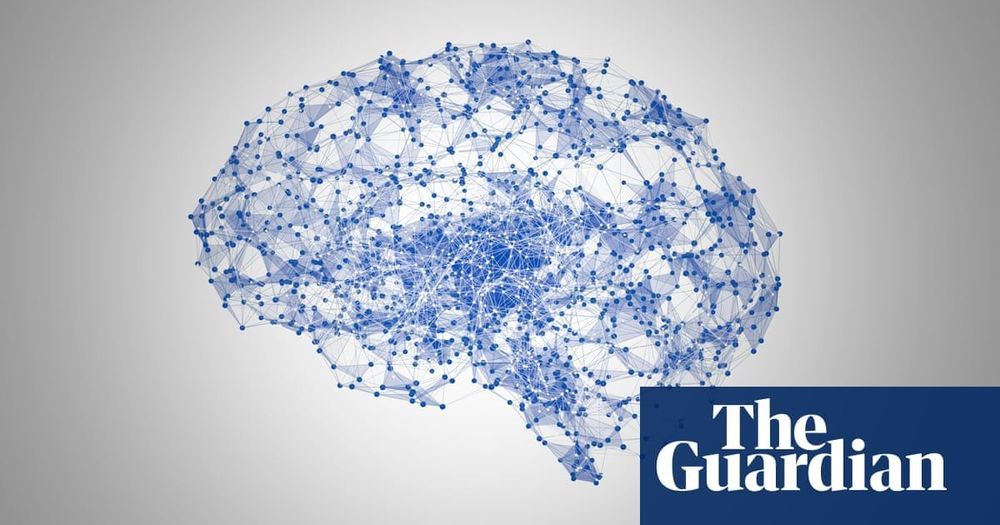
Scientists develop AI that can turn brain activity into text
“We are not there yet but we think this could be the basis of a speech prosthesis,” said Dr Joseph Makin, co-author of the research from the University of California, San Francisco.
Writing in the journal Nature Neuroscience, Makin and colleagues reveal how they developed their system by recruiting four participants who had electrode arrays implanted in their brain to monitor epileptic seizures.
These participants were asked to read aloud from 50 set sentences multiple times, including “Tina Turner is a pop singer”, and “Those thieves stole 30 jewels”. The team tracked their neural activity while they were speaking.
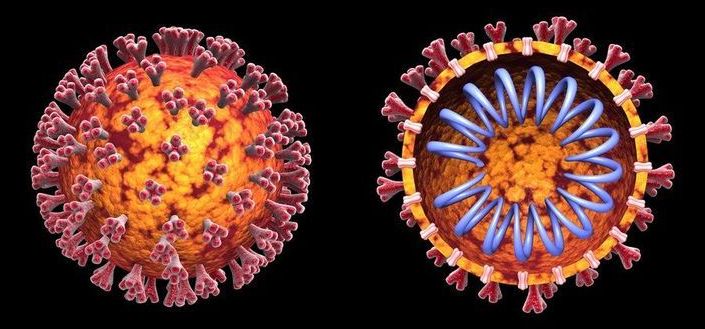

Study uses AI to estimate unexploded bombs from Vietnam War
Researchers have used artificial intelligence to detect Vietnam War-era bomb craters in Cambodia from satellite images—with the hope that it can help find unexploded bombs.
The new method increased true bomb crater detection by more than 160 percent over standard methods.
The model, combined with declassified U.S. military records, suggests that 44 to 50 percent of the bombs in the area studied may remain unexploded.
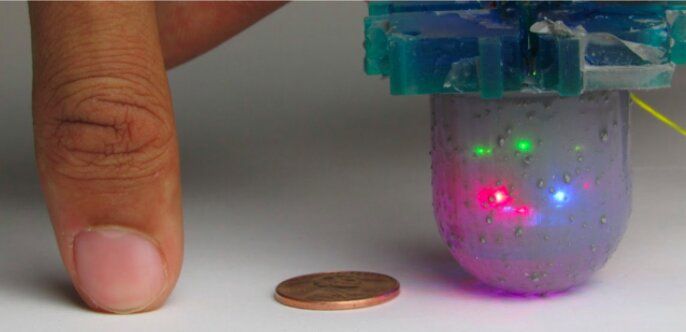
OmniTact: A compact and high-resolution tactile sensor for robotics applications
In recent years, researchers worldwide have been trying to develop sensors that could replicate humans’ sense of touch in robots and enhance their manipulation skills. While some of these sensors achieved remarkable results, most existing solutions have small sensitive fields or can only gather images with low-resolutions.
A team of researchers at UC Berkeley recently developed a new multi-directional tactile sensor, called OmniTact, that overcomes some of the limitations of previously developed sensors. OmniTact, presented in a paper pre-published on arXiv and set to be presented at ICRA 2020, acts as an artificial fingertip that allows robots to sense the properties of objects it is holding or manipulating.
“Our lab recognized the need for a sensor for general robotic manipulation tasks with expanded capabilities than current tactile sensors,” Frederik Ebert, one of the researchers who carried out the study, told TechXplore. ‘“Existing tactile sensors are either flat, have small sensitive fields or only provide low-resolution signals. For example, the GelSight sensor provides high resolution (i.e., 400×400 pixel) images but is large and flat, providing sensitivity on only one side, while the OptoForce sensor is curved, but only provides force readings at a single point.”
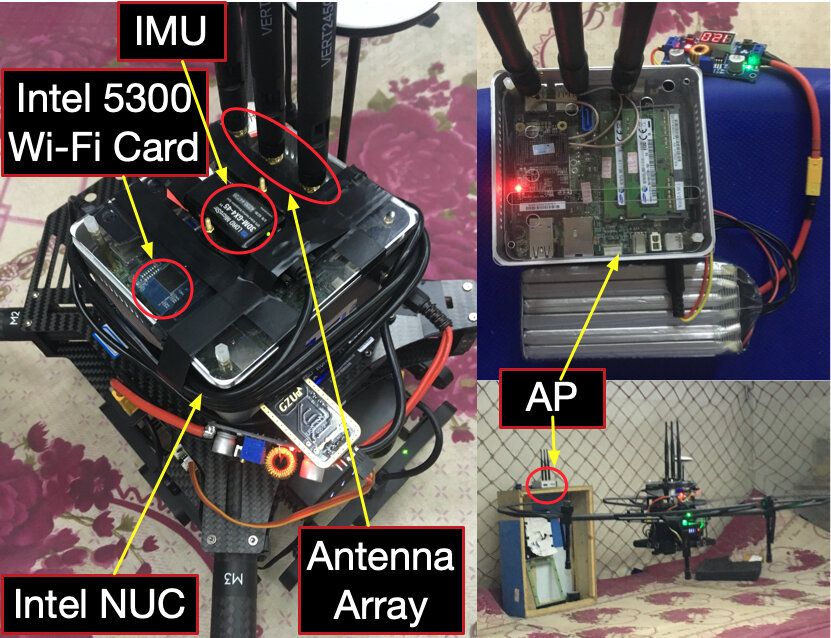
An indoor MAV pose estimation system that leverages existing Wi-Fi infrastructure
Micro aerial vehicles (MAVs) could have numerous useful applications, for instance, assisting humans in completing warehouse inventories or search and rescue missions. While many companies worldwide have already started producing and using MAVs, some of these flying robots still have considerable limitations.
To work most effectively, MAVs should be supported by an efficient pose estimation system. This is a system or method that can calculate a drone’s position and attitude, which can then be used to control its flight, adjust its speed and aid its navigation while it is operating autonomously and when controlled remotely.
Researchers at Huazhong University of Science and Technology in China have recently developed a new system for the pose estimation of MAVs in indoor environments. Their new approach, outlined in a paper pre-published on arXIv and set to be published in IEEE Transactions on Industrial Electronics, leverages existing WiFi infrastructure to enable more effective navigation in small and agile drones.
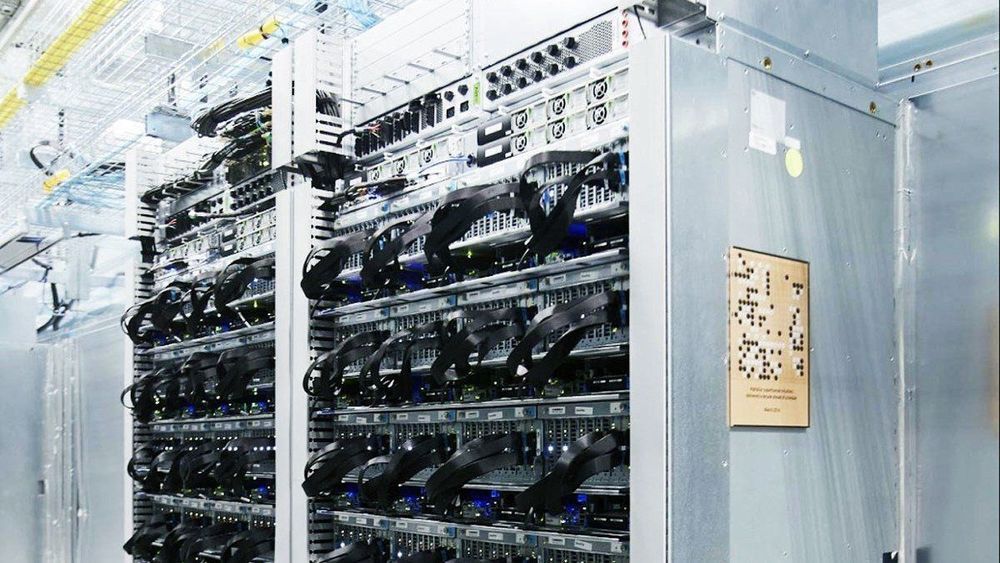
Google is using AI to design chips that will accelerate AI
A new reinforcement-learning algorithm has learned to optimize the placement of components on a computer chip to make it more efficient and less power-hungry.
3D Tetris: Chip placement, also known as chip floor planning, is a complex three-dimensional design problem. It requires the careful configuration of hundreds, sometimes thousands, of components across multiple layers in a constrained area. Traditionally, engineers will manually design configurations that minimize the amount of wire used between components as a proxy for efficiency. They then use electronic design automation software to simulate and verify their performance, which can take up to 30 hours for a single floor plan.
Time lag: Because of the time investment put into each chip design, chips are traditionally supposed to last between two and five years. But as machine-learning algorithms have rapidly advanced, the need for new chip architectures has also accelerated. In recent years, several algorithms for optimizing chip floor planning have sought to speed up the design process, but they’ve been limited in their ability to optimize across multiple goals, including the chip’s power draw, computational performance, and area.
Giant Minotaur and spider robots perform in the streets of France
Greatings earthlings o.o!
Last week a four-day-long immersive show featuring robot puppets took place on the streets of Toulouse, France.
